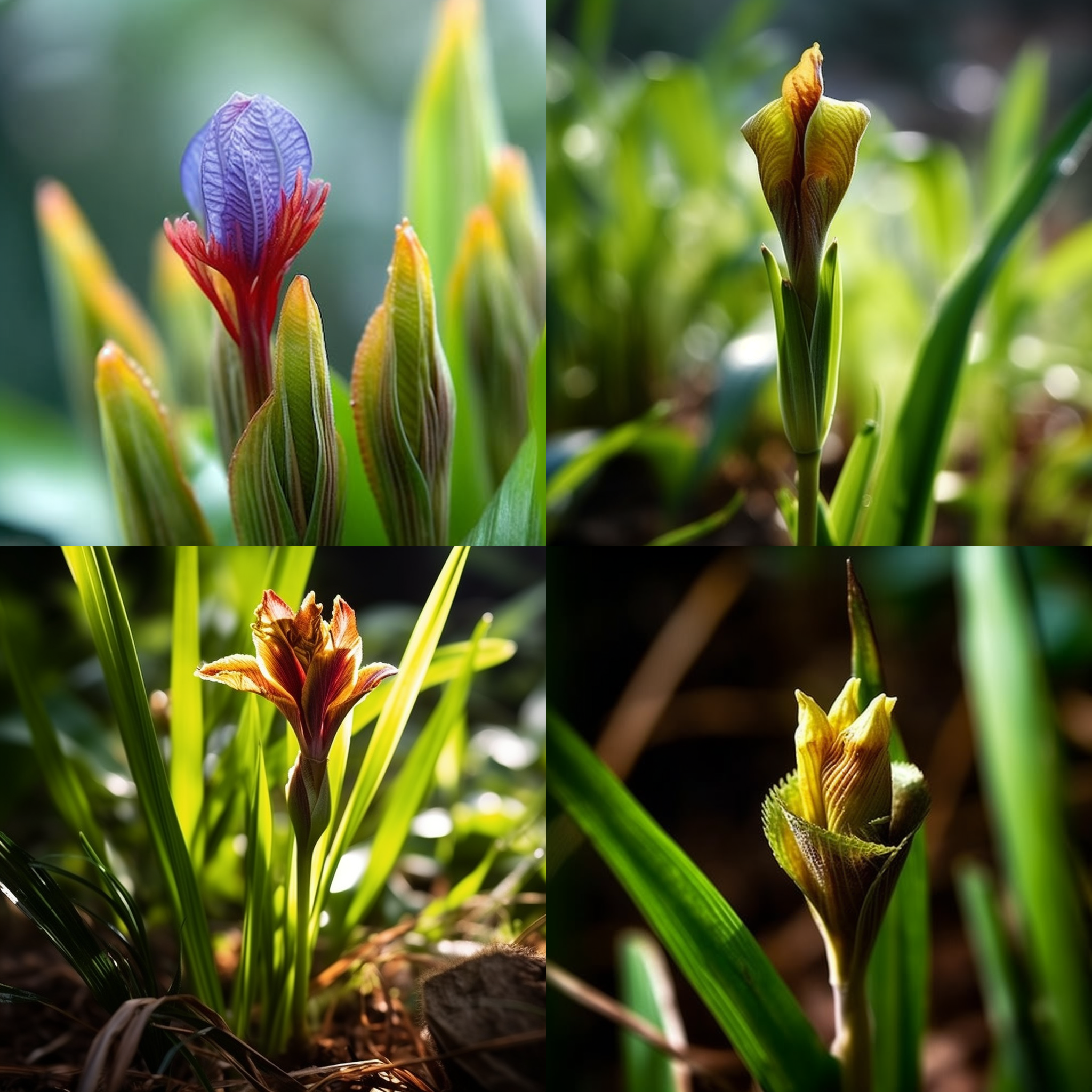Story of Day :
Contents
The Complete Guide to Growing and Caring for Iris Plants
Are you looking for a plant that is both beautiful and easy to care for? Look no further than the iris plant! These gorgeous flowers come in a variety of colors, from deep purples to bright yellows, making them a popular choice among gardeners. In this complete guide, we will provide you with all the information you need to successfully grow and care for iris plants.
What are Iris Plants?

Iris plants belong to the family Iridaceae and are native to Europe, Asia, and North America. They are perennials that produce stunning blooms in late spring or early summer. The flowers have three petals known as “standards” that stand upright and three “falls” that hang down beneath them.
Choosing the Right Location

Iris plants prefer full sun but can tolerate partial shade. When choosing a location for your iris plants, make sure they receive at least six hours of sunlight per day. It’s also important to choose an area with well-draining soil as iris plants do not like wet feet.
Planting Iris Bulbs
- Iris bulbs should be planted in late summer or early fall.
- The hole should be about 6 inches deep and wide enough to accommodate the bulb without crowding it.
- Make sure the bulb is planted with its roots facing downwards.
- Cover with soil and water thoroughly until the soil is moist but not waterlogged.

Caring for Your Iris Plants
Watering:
Iris plants require about 1 inch of water per week during their growing season. To avoid overwatering, allow the soil to dry out slightly between watering sessions.

Fertilizing:
Iris plants benefit from fertilization once or twice a year. Use a balanced fertilizer with equal amounts of nitrogen, phosphorus, and potassium. Fertilize in early spring and again after blooming has finished.
Pruning:
Deadhead spent blooms by cutting them off at the base of the stem. This will encourage your iris plant to produce more flowers.
Pests and Diseases
- Iris borer: The larvae tunnel into the rhizome of iris plants, causing damage that can kill the plant. Keep an eye out for wilting leaves as this is a sign of infestation.
- Iris rust: This fungal disease causes orange pustules to form on leaves, eventually leading to their death. Remove affected foliage immediately and dispose of it in the trash (not compost).
In Conclusion
Growing iris plants is easy as long as you provide them with plenty of sun, well-draining soil, and proper care including watering, fertilizing, and pruning. By following these tips for growing iris plants successfully you can enjoy beautiful blooms year after year!
